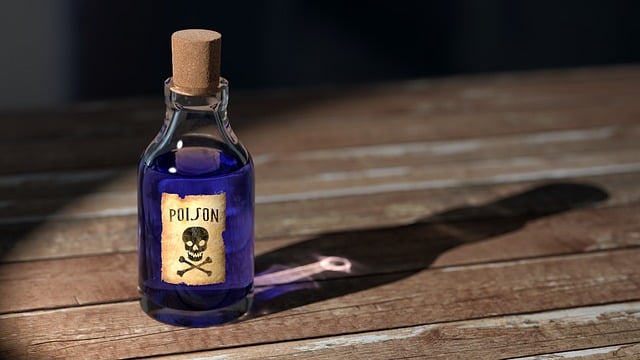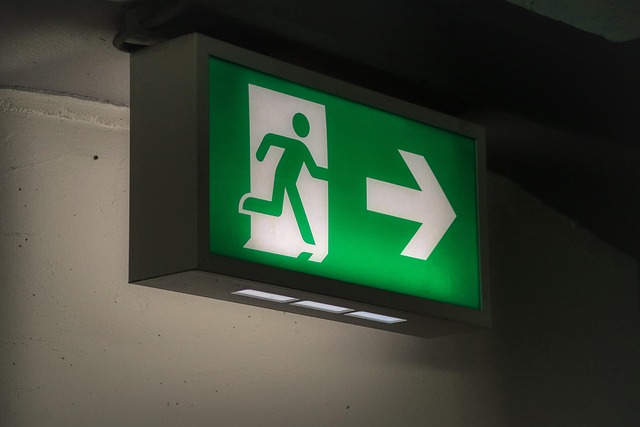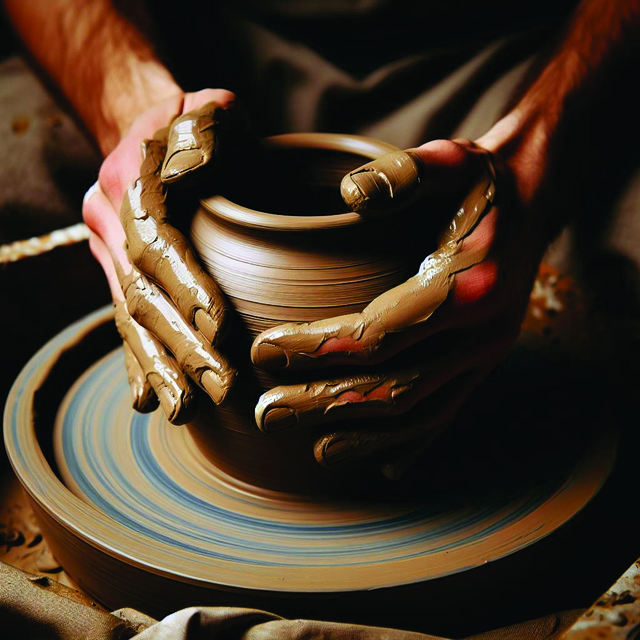Despite fears, black mold (Stachybotrys chartarum) poses limited toxicity risks from casual contact. Its mycotoxins primarily harm through ingestion or inhalation in large doses. Remediation using HEPA vacuum cleaning and material removal is key for all mold types. Black mold dangers stem from allergens/irritants released during growth, not color. Proactive prevention strategies like ventilation, leak repair, and humidity control minimize risks. Certified professionals safely remove black mold, prioritizing health post-remediation.
Black mold dangers are often exaggerated, leading to a host of misconceptions surrounding its presence in drywall. This article debunks common myths about black mold, clarifies health risks associated with mold exposure, and provides insights into its reality and growth patterns. We separate myth from fact, offer strategies for prevention, and guide you through safe removal techniques. By understanding the truth about black mold, you can make informed decisions to protect your home and health.
- Debunking Common Misconceptions About Black Mold
- Health Risks Associated With Mold Exposure
- The Reality of Mold Growth in Drywall
- Myths vs. Facts: Common Concerns Answered
- Effective Strategies for Mold Prevention
- Safe Removal and Remediation Techniques
Debunking Common Misconceptions About Black Mold

Many people have come to associate black mold with a range of dire health consequences, but much of this is myth rather than fact. It’s important to dispel common misconceptions about black mold dangers to understand the true risks it poses. While black mold, or Stachybotrys chartarum, can indeed produce toxic compounds known as mycotoxins, these are primarily harmful when ingested or inhaled in large quantities—not through casual contact. Regular exposure to low levels of these toxins is generally not cause for alarm and typically won’t lead to severe health issues.
Another common myth is that black mold is unique in its toxicity. In reality, many types of fungi and molds can produce mycotoxins, meaning the presence of black mold doesn’t automatically signal a more dangerous home environment. The key lies in addressing any mold growth promptly, regardless of color, to prevent it from spreading. Proper remediation techniques, such as HEPA vacuum cleaning and removing contaminated materials, are crucial steps in mitigating potential health risks associated with any type of mold.
Health Risks Associated With Mold Exposure

Many people believe that exposure to black mold in drywall is harmless, but this is far from the truth. Black mold, or Stachybotrys chartarum, can pose significant health risks, especially for vulnerable populations such as children, the elderly, and individuals with pre-existing respiratory conditions. When these microscopic spores are inhaled, they can trigger a range of unpleasant symptoms including nasal congestion, coughing, throat irritation, and even neurological issues in severe cases.
Prolonged exposure to black mold dangers can lead to more serious health complications such as allergic reactions, asthma attacks, and in rare instances, memory loss and cognitive impairment. It’s crucial for homeowners to address any signs of moisture or mold growth promptly to mitigate these risks. Regular ventilation, proper humidity control, and professional remediation are essential steps in creating a healthier living environment.
The Reality of Mold Growth in Drywall

Mold growth in drywall, often associated with black mold dangers, is a common concern for homeowners. However, the reality is that mold thrives in specific conditions—dark, damp spaces with poor ventilation. Black mold itself isn’t inherently more dangerous than other types; its color is merely a visual indicator of its species. Not all black mold produces toxic spores, and even when it does, exposure can be managed through proper mitigation and improved air quality.
The real issue arises when mold growth goes unchecked in drywall. It can lead to structural damage and unpleasant odors. Visual inspection and addressing moisture issues promptly are key to preventing extensive mold problems. Regular ventilation and humidity control play a significant role in deterring mold growth, ensuring the well-being of both residents and the integrity of their homes.
Myths vs. Facts: Common Concerns Answered

Myths vs. Facts: Common Concerns Answered
Many people are under the impression that black mold in drywall poses severe, immediate health risks. While it’s true that certain types of mold can be hazardous, the danger often blows out of proportion. Black mold itself isn’t inherently more toxic than other molds; its reputation stems from its association with musty odors and visible discoloration. In reality, the real concern lies in the potential for allergens and irritants to be released when the mold grows and spreads. Regular cleaning and proper ventilation can effectively mitigate these risks.
Another common myth is that black mold always signifies a severe problem requiring immediate professional intervention. In truth, small patches are usually harmless and can be easily eliminated through basic remediation practices. It’s only when mold thrives in hidden spaces or spreads widely that it becomes a significant health hazard. Understanding the facts behind these concerns empowers homeowners to approach black mold with rationality, ensuring effective yet non-panic responses to potential issues.
Effective Strategies for Mold Prevention

Black mold dangers should not be taken lightly, but understanding effective strategies for mold prevention can significantly mitigate risks. Regular ventilation is key; ensure proper airflow in all areas, especially bathrooms and kitchens, to reduce moisture buildup. Address water leaks promptly, as they are common sources of mold growth. Maintaining a clean home, particularly focusing on areas prone to moisture like basements and attics, is crucial. Using de-humidifiers can help control humidity levels, making it harder for black mold to thrive.
Additionally, keep an eye out for potential entry points for water or moisture, such as cracked pipes or poorly sealed windows. Addressing these issues proactively creates a healthier environment by reducing the ideal conditions for black mold to develop and proliferate. Remember, prevention is always better than cure when it comes to black mold dangers.
Safe Removal and Remediation Techniques

When it comes to addressing black mold in drywall, safety should always be the top priority. Black mold, or Stachybotrys chartarum, is often misunderstood as a significant health hazard, but its dangers are largely exaggerated. While exposure to high levels of mold can cause respiratory issues, especially for individuals with pre-existing conditions, proper removal and remediation techniques can mitigate these risks effectively.
There are several safe methods to eliminate black mold from drywall. Professional mold remediation services often employ containment strategies, using airtight barriers to isolate the affected area. They employ specialized equipment, such as hepa air filters, to remove mold spores from the air during the cleaning process. Additionally, proper disposal of contaminated materials is crucial to prevent the spread of mold. Always opt for certified professionals who adhere to industry standards and use environmentally friendly remediation techniques to ensure a safe and healthy environment post-remediation.
